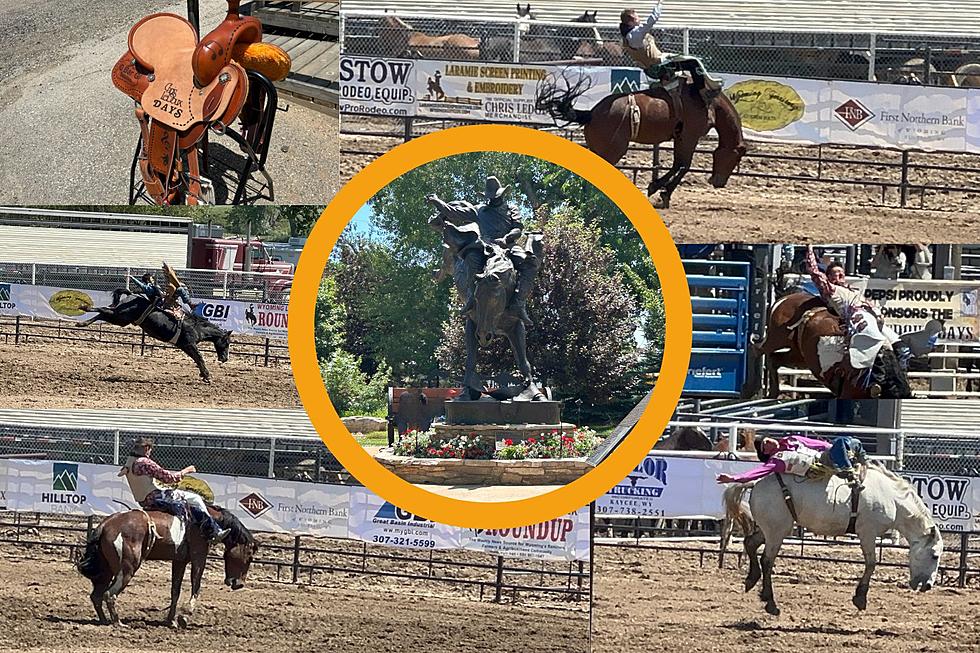
What’s So Special About Eclipse Day In Wyoming?
August 21, 2017 we’ll see an eclipse in Wyoming. So, what is so special about that day? Well, there is that darkness thing at 11:40 in the morning. Worldwide, however, eclipses occur fairly often, two to five per year. It’s just that, in the same place, eclipses are a bit rare. In fact, they never happen exactly in the same place.
Since territorial times, different events of this kind have been in Wyoming just a few times. Most of us all know the moon passes between the earth and the sun in a solar eclipse. Sometimes it blocks part of the sunlight and at other times, all of it - a total eclipse. That zone of shadowed earth - width, length and route of the path - is different from one eclipse to the next. Totality can last less than one minute or more than seven.
Next month that will be about two and a half minutes in direct path. I won’t even ask how the experts know that in advance. I trust however it was they calculated it.
During totality, astronomers see it as a very special opportunity to study the “night” sky around the sun. Because the light of the sun itself is blocked, they can also study the corona - the sun’s outer atmosphere - otherwise invisible. Basically, pondering this kind of stuff makes my head explode.
The path of totality of the eclipse on July 29, 1878 crossed most of Wyoming Territory in a swath from northwest to southeast about 118 miles wide. Darkness on the center line of the path lasted three minutes, 11 seconds. That one really was special.
Also that day in 1878, William O. “Billy” Owen was working with a survey crew in the Medicine Bow Mountains. His account of what he saw is in wyohistory.org. And it’s also pretty special.
Over that vast forest, the moon’s shadow was advancing with a speed and rush that almost took one’s breath. It was terrifying, appalling, and yet possessed a majestic grandeur and fascination that only one who has seen it can appreciate.
For more answers to questions about Casper’s eclipse, EclipeCasper.com
More From My Country 95.5









